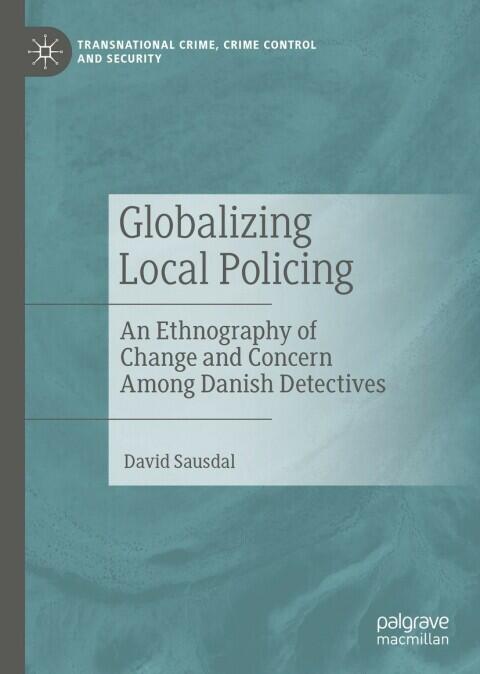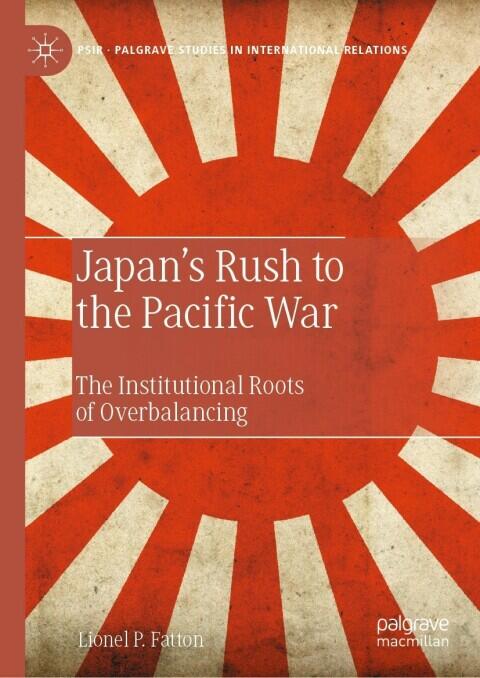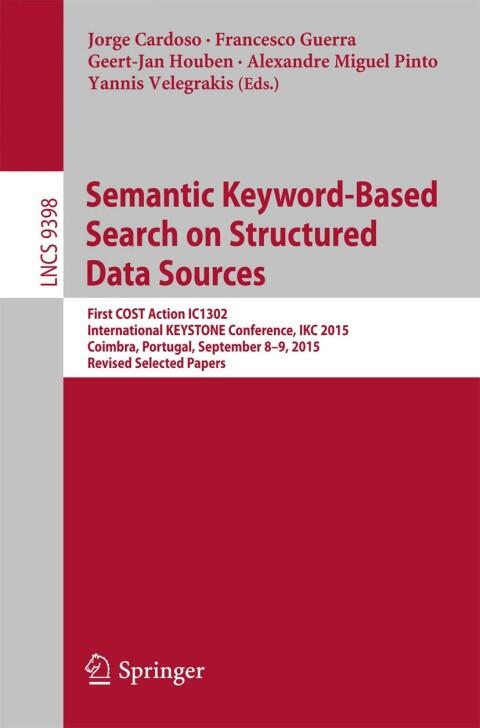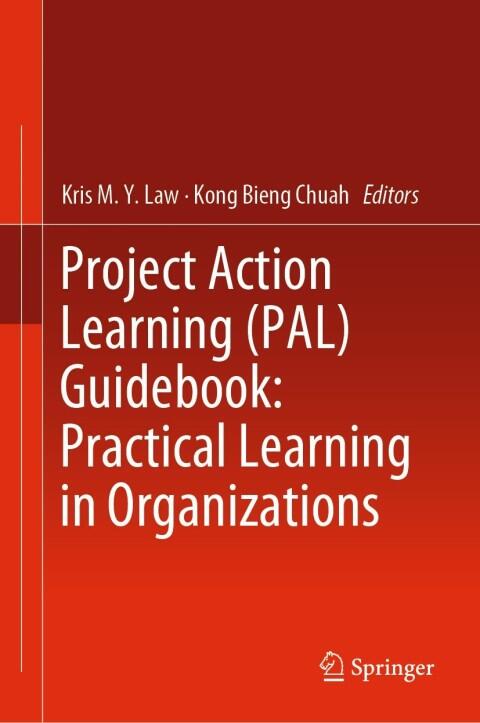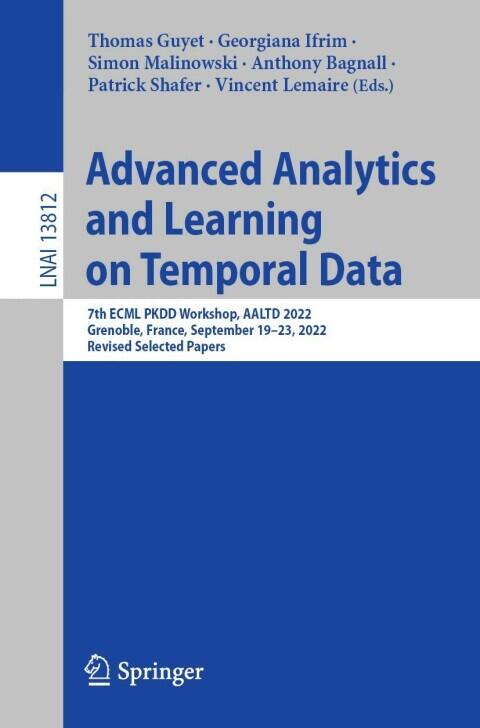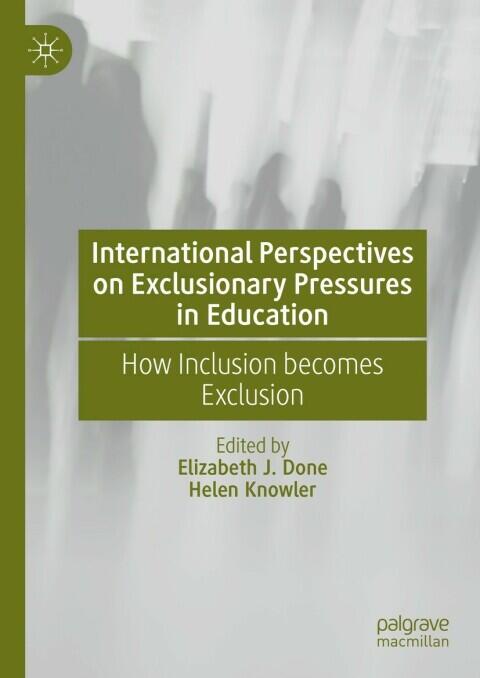
International Perspectives on Exclusionary Pressures in Education: How Inclusion becomes Exclusion
によって
Manfred Bornhofen; Martin C. Bornhofen
まだ評価がありません
Science & Technology
Philosophy
形式
キンドル
ページ数
512
言語
ドイツ語
公開されました
Jan 1, 2023
出版社
Palgrave Macmillan
版
34
ISBN-10
303114113X
ISBN-13
9783031141133
説明
In this thought-provoking exploration of educational systems, the authors delve into the complexities surrounding the concept of educational inclusion. They illustrate how efforts to promote inclusion can inadvertently lead to exclusionary practices in various school settings. Through a critical lens, they examine different pedagogical approaches and institutional policies that often fail to accommodate the diverse needs of students, highlighting the contradictions that arise in well-meaning initiatives.
Drawing on a wide array of international case studies, the discussion encompasses both qualitative and quantitative analyses. The authors engage with the challenges faced by educators as they navigate the expectations of inclusivity while grappling with real-world limitations, such as resource constraints and societal biases. This multifaceted examination reveals how exclusion can manifest in subtle forms, impacting not only students but also educators and the community at large.
The text encourages readers to reflect on their own experiences and assumptions about education. By fostering a deeper understanding of the dynamic tensions between inclusion and exclusion, it calls for a more nuanced approach to educational policies and practices. The insights offered aim to inspire educators, policymakers, and researchers to rethink how inclusivity can be genuinely achieved.
Overall, this work contributes a critical voice to the ongoing discourse surrounding education equity. It emphasizes the need for continuous examination and re-evaluation of what it truly means to include all students in a meaningful way, challenging the prevailing narratives that often oversimplify the complexities of educational inclusion and exclusion.
Drawing on a wide array of international case studies, the discussion encompasses both qualitative and quantitative analyses. The authors engage with the challenges faced by educators as they navigate the expectations of inclusivity while grappling with real-world limitations, such as resource constraints and societal biases. This multifaceted examination reveals how exclusion can manifest in subtle forms, impacting not only students but also educators and the community at large.
The text encourages readers to reflect on their own experiences and assumptions about education. By fostering a deeper understanding of the dynamic tensions between inclusion and exclusion, it calls for a more nuanced approach to educational policies and practices. The insights offered aim to inspire educators, policymakers, and researchers to rethink how inclusivity can be genuinely achieved.
Overall, this work contributes a critical voice to the ongoing discourse surrounding education equity. It emphasizes the need for continuous examination and re-evaluation of what it truly means to include all students in a meaningful way, challenging the prevailing narratives that often oversimplify the complexities of educational inclusion and exclusion.
